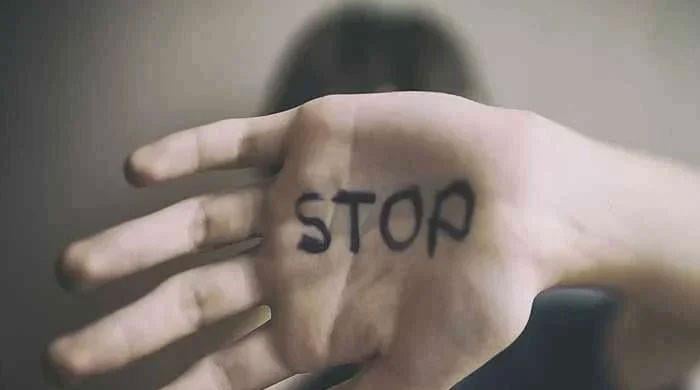Breaking the ice: What is meth and how you can help victims of drug abuse
A highly addictive drug, methamphetamine has both long-term and short-term side effects. But few people are aware of the effects of drug addiction
September 27, 2017

KARACHI: Thinking you don't have a problem, is indeed the biggest problem.
Peer pressure, poor coping mechanism, financial situation, leisure, and weight loss are some of the common factors that push young people towards drugs.
However, those who think they are taking drugs at their will often tend to misjudge their addiction, explains Project Manager for the Ibtida Drug Rehabilitation Centre, Reverent Julian Justine. Addiction is a disease. The unfaltering need for anything tends to hamper both physical and mental growth.
The recent arrest of social media drug dealers from an affluent area in Karachi speaks volumes about the menace of drugs, especially crystal meth, which has crept its way into the city.
What is meth?
Methamphetamine (meth) is a highly addictive drug concocted from dangerous chemicals, which have both long-term and short-term side effects.
Director for 'Willing Ways', Wakeel Murad, who has been working as an addiction counsellor for the past 23 years, said the commonly found forms of methamphetamine in the country include Crystal, Ice, and Glass. Crystal meth is usually inhaled through a sheesha or huqqa, he said.
"The drug is used because it makes the body alert and active," he said, adding that it is often used by soldiers during wartime. It was also used during the Second World War, he said.
Patterns of abuse
Murad remarked that ice and meth users usually fall into the age bracket of 25 to 55 years. "Since it's a hardcore drug, it is less common among teenagers. People above the age of 20 to 22 are more likely to take meth."
However, he added that although it was more common among people in their 20s, the use of the drug was slowly rising among teenagers as well.
Psychiatric and Addiction Treatment Centre's Dr Heeralal Lohano, who has been working with drug users since the past 12 years, placed the most common age bracket between 19 to 26 years, adding that users stem from lower-middle to upper-middle class.

Common causes
Some of the causes of drug abuse include peer pressure, lack of parental attention, and failed romantic relationships, pointed out Justine. Adding to the list, Dr Lohano said that causes also include broken families, lack of communication between people, and social isolation.
The three experts also agreed that ice is more commonly used by men as opposed to women.
However, Justine said that "a growing number of women are also taking it".
He reasoned that cases of women taking drugs are rarely reported due to 'ethical issues' or to avoid social shame. Similarly, boys may also face similar stigma, with parents telling neighbours their son is staying at a relative's house when he is actually in rehab.
He added that many girls were also using the drug in hopes of losing weight. However, he said that these girls among other drug users were focusing on short-term goals rather than looking at the complete picture.
"People are unaware of the effects of drug addiction."

Effects and treatment
Some of the common physical effects of ice include weight loss and insomnia, said Wakeel Murad, adding that abusers of the drug can sometimes even go without sleep for up to two weeks.
On the other hand, the psychological side-effects include delusions, hallucinations, and paranoia. "Drug users face severe psychological problems; they hear voices and see things which are not real," said Murad.
However, Dr Lohano reasoned that insomnia, hallucinations, and chemical imbalances occur when drugs have been used over a long period of time.
Speaking about the treatment at the Willing Ways rehab centre, Murad said that the initial treatment is 100 days long, after which follow-up sessions are held.
On treatment, Julian said: "Physical rehabilitation takes a total of three months while the person recovers mentally after a year."
Dr Lohano, on the other hand, said that motivation is the key to starting therapy. He added that it was essential that the family be a part of the entire process as it helps the patient recover properly.











